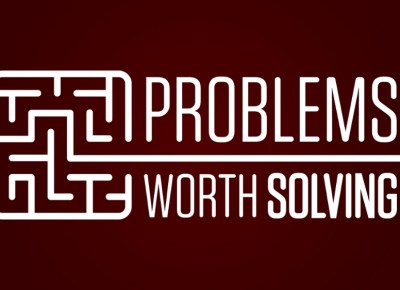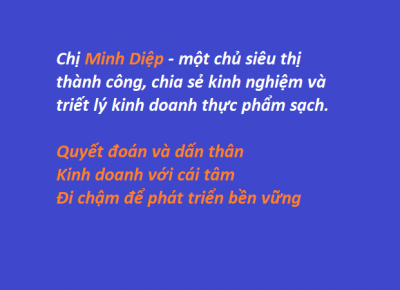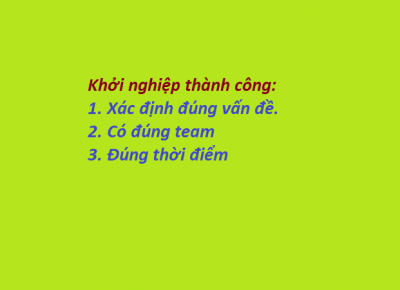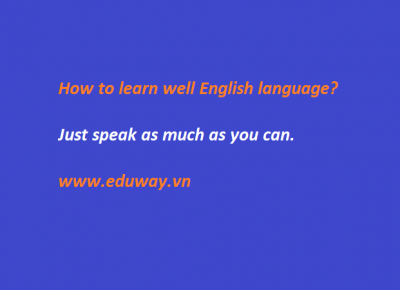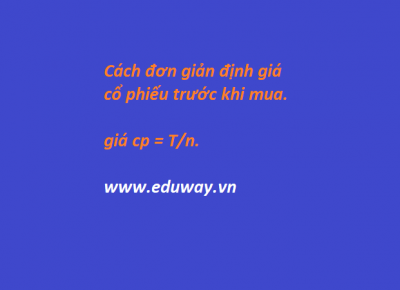Active Learning is the essence of teaching and learning activities
Active learning is the fundamental key to train both sets of skills: cognitive and motor. To learn, the brain must work. Thinking is the only process that transforms superficial knowledge and input into deep knowledge, converting short-term to long-term memories. Thinking and doing are prerequisite condition to train the coordination between brain and muscles, the coordination among neuron networks.

A crucial part of Active learning is evidence-based. Teachers should be aware of the evidences of students’ learning. Do they think? Do they practice solving problems? Are their understandings correct? How fast do they solve this or that problem set accurately? Do they solve problem by themselves? Without answering these questions, teachers will not certain that the students learn or not learn. Then, it is very hard to tell if the teaching is effective.
Teachers ought to collect as many evidences as possible to identify, evaluate and verify the learning of students. One way to do this is set up exercises, tests, reviews to probe whether learning happens by using the following measurable action verbs in the tasks:

Similarly, Teachers can design assessments based on Bloom’s Taxonomy, which is widely used and proven to be effective in teaching and learning. It means that teachers teach with objectives in mind.
Surely, Active Learning is more demanding than Passive Learning – listen and copy verbatim, or do exactly what teachers say. Active Learning only works when both Teachers and Students are Active. Many students are quite lazy to think, which is a natural phenomenon as Daniel Kahneman discussed in his book Thinking, fast and slow. We tend to avoid thinking carefully, using what is almost available and consumes infinitesimal effort. Teachers should collaborate with parents to put a reasonable pressure on students so that they can try their best, stretching themselves, making some effort in thinking and doing.
Active Learning is the essence of teaching and learning activities. Both teachers and students have to work hard to achieve the full potential of this method and philosophy, boosting students’ academic performance, helping them learn to think and do well in school and in real life.
References
https://teaching.cornell.edu/teaching-resources/engaging-students/active-learning
https://www.cmu.edu/teaching/designteach/design/learningobjectives.html
https://www.cmu.edu/teaching/designteach/design/bloomsTaxonomy.html

